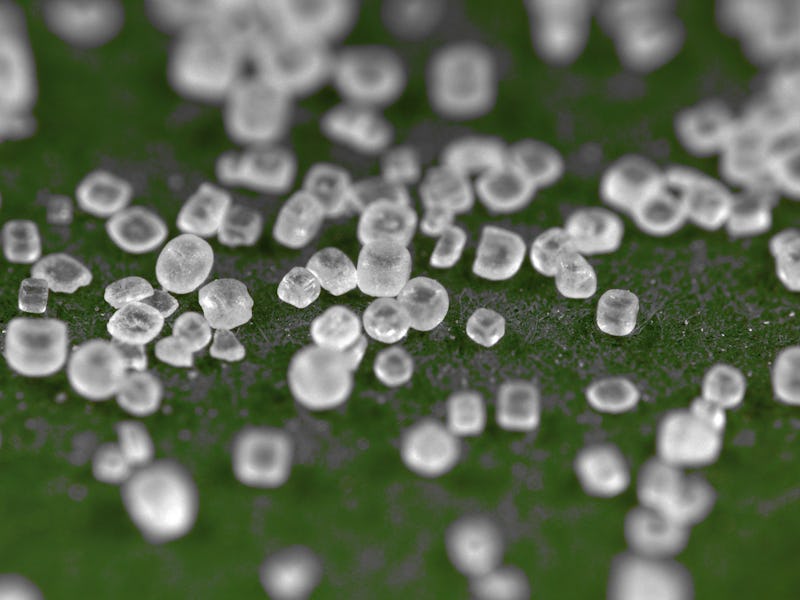If Salt Melts Snow and Ice, Why Is It Essential In Making Ice Cream?
A salty paradox clarified.

Our beloved friend sodium chloride — salt — is that magical substance that not only clears roads of snow and ice during the winter, but also helps facilitate the manufacture of the most delectable ice cream.
Those crafty homesteaders who make their own ice cream by turning a crank know that ice cream recipes require salt and ice to keep the ingredients cold as they combine into a delicious dessert. Yet, paradoxically, salt famously helps prevent ice from freezing to the road. How is this melt-assisting substance valuable to the ice cream creation process?
It turns out that salt doesn’t literally melt snow and ice, but it does lower their melting points, thus dropping the temperature needed to keep them solid. Ice cream freezes at a temperature lower than water’s 32-degree freezing point. If water becomes ice at 32 degrees, adding salt lowers that necessary temperature, depending on how much salt you add. The sugar and fats in ice cream ingredients interfere with the formation of ice crystals — you need to get your ice cream mixture below the usual temperatures in order to see it through to hardened completion. After adding ice cream ingredients to a container and placing that container into a salt-and-ice mixture, those ingredients get to sit inside a chamber of chilly goodness that’s much cooler than ice could get on its own.
If you were to simply use ice without salt, the ice would melt and grow warm well before your ice cream was ever complete. The weird homemade saltwater mix that develops around your ice cream as you turn that crank is actually colder than regular ice cubes, which is why adding salt to ice is imperative for making kickass ice cream.
So take a moment this wintry weekend to tell salt how grateful you are for its assistance, both in keeping the roads a little safer and your sweet tooth a little more satiated.